Here's How Much Money You Need To Make To Buy A Home
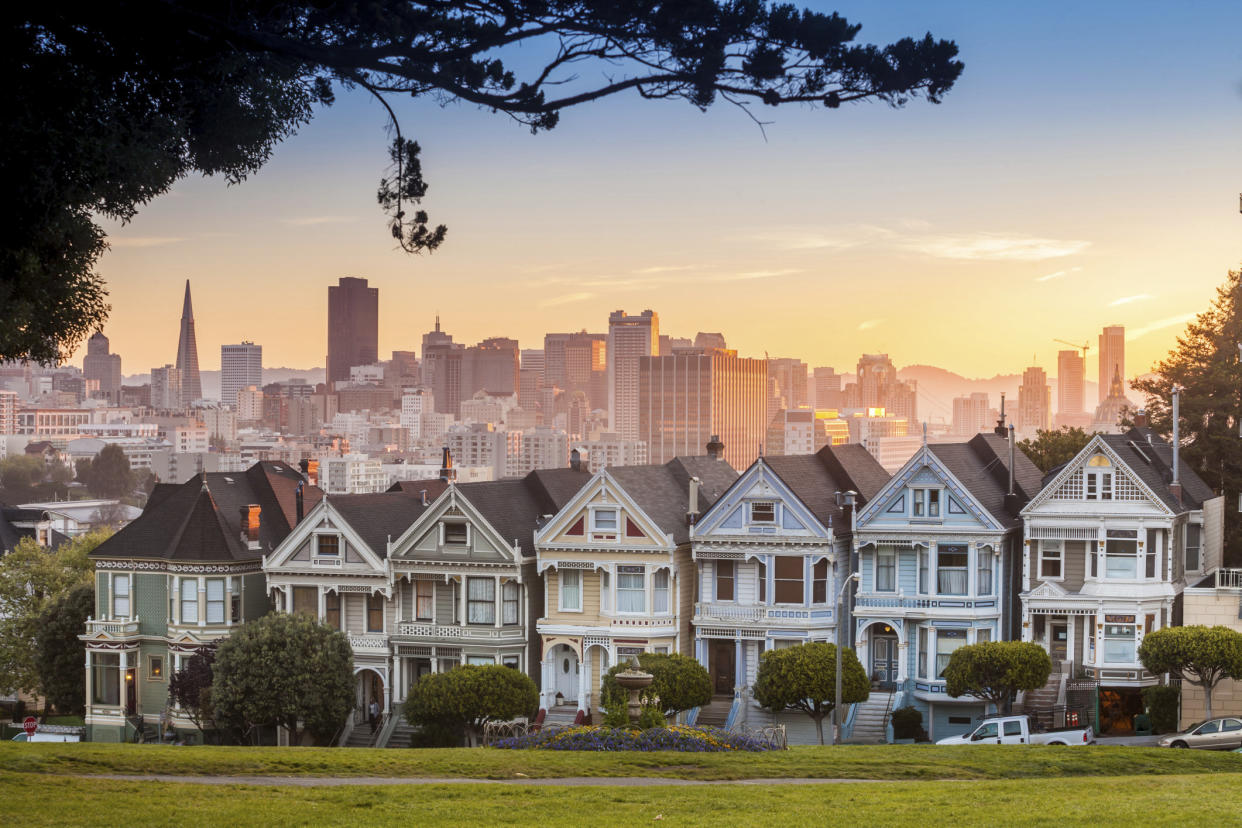
In most of the U.S., a household income of $150,000 means you’re doing pretty well. In San Francisco, it’s probably not enough to buy a home.
A report released Monday by mortgage and loan site HSH.com looks at what salary families in 27 metro areas would need to afford the local median home price, including principal, interest, taxes and insurance.
The report assumes a buyer’s down payment is 20 percent and uses the lending standard that a monthly home payment shouldn’t be more than 28 percent of income. It relies on the National Association of Realtors’ quarterly data for single family home prices, and excludes condos and co-ops.
According to the data, home prices have gone up since the first quarter of the year in every metro area except three, all in Florida: Tampa, Orlando and Miami. Pittsburgh was the most affordable metro area, with a prospective buyer only needing to make $32,400 to afford a typical home.
The San Francisco metro area requires the highest salary, $162,000. If a buyer wanted to put down 10 percent instead of 20 percent, they’d need to make over $196,000.
And while there have been signs of housing costs leveling off in the area, the HSH report shows prices increasing nearly 15 percent from the first quarter of the year, to a median price over $885,000.
Of course, the dollar amounts for home price and income level look very different depending on where you live: The median household income is $40,000 in the city of Pittsburgh, compared to over $78,000 in San Francisco.
But costs are still spiraling out of control in the Bay Area (and several other cities), putting homeownership out of reach for all but the wealthiest residents.
In San Francisco County, only 13 percent of households can afford a median-priced home, according to a report this month.
Though more people are renting, it’s not necessarily a more affordable option: Rent increases have continued to outpace income growth, and around the country, nearly half of renters are spending more on housing than they can afford.
See more details for each metro area at HSH.com.
_____
Kate Abbey-Lambertz covers sustainable cities, housing and inequality. Tips? Feedback? Send an email or follow her on Twitter.
_____
Read more:
These Are The Cities Where You'll Spend The Most On Rent
The Cities Where A Six-Figure Income Is Barely Enough To Get By
Million-Dollar Homes Are Taking Over These U.S. Cities At An Alarming Pace
Here’s How Much Money You Need To Afford Rent In Every State
Here's Why It Feels Like Rent Is Eating Up Your Entire Paycheck
City Planner's Scathing Resignation Letter Perfectly Nails Silicon Valley Housing Crisis
Homeownership In The U.S. Has Plummeted, But Not By Choice
Also on HuffPost
10. Hamburg, Germany
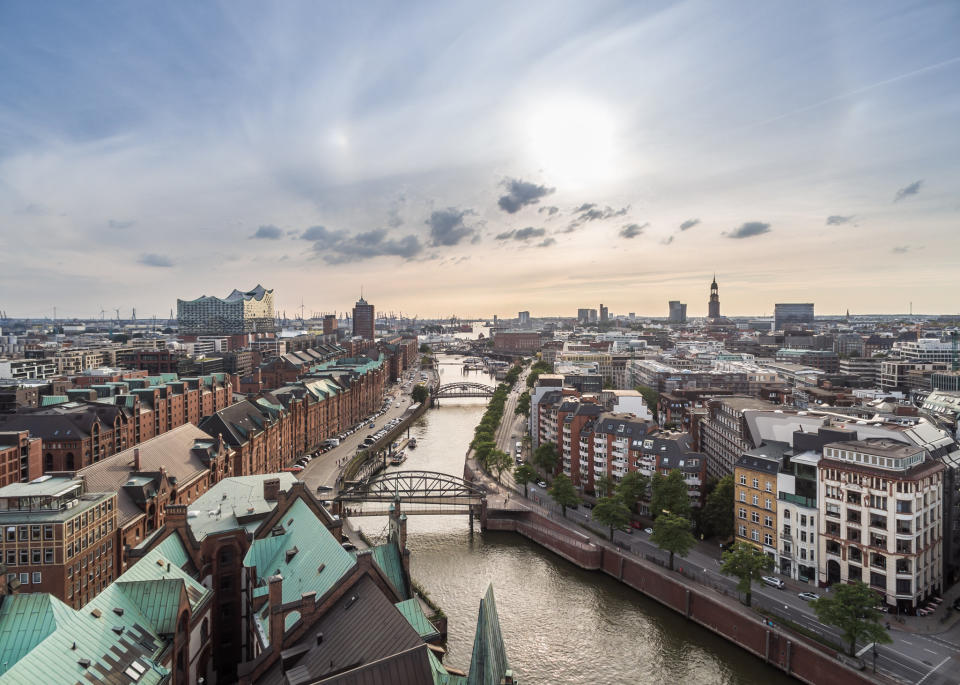
9. Helsinki, Finland
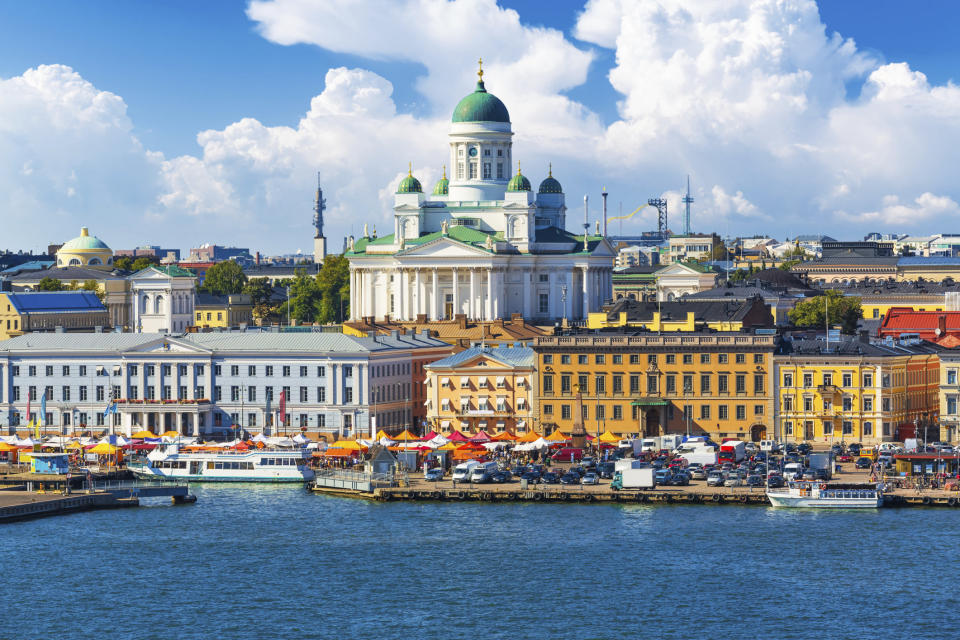
8. Auckland, New Zealand
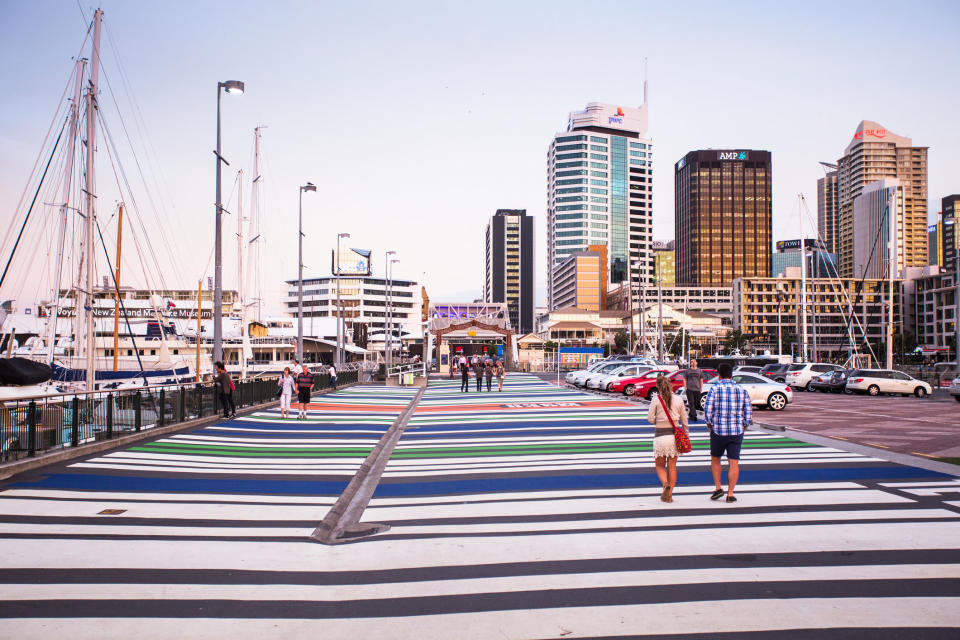
7. Perth, Australia
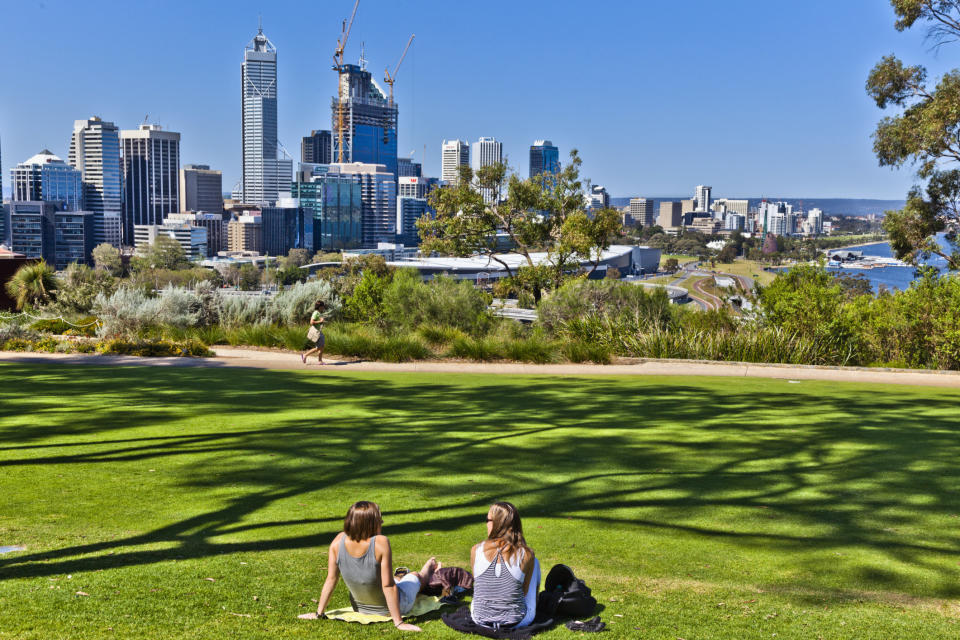
5. Adelaide, Australia (tie)
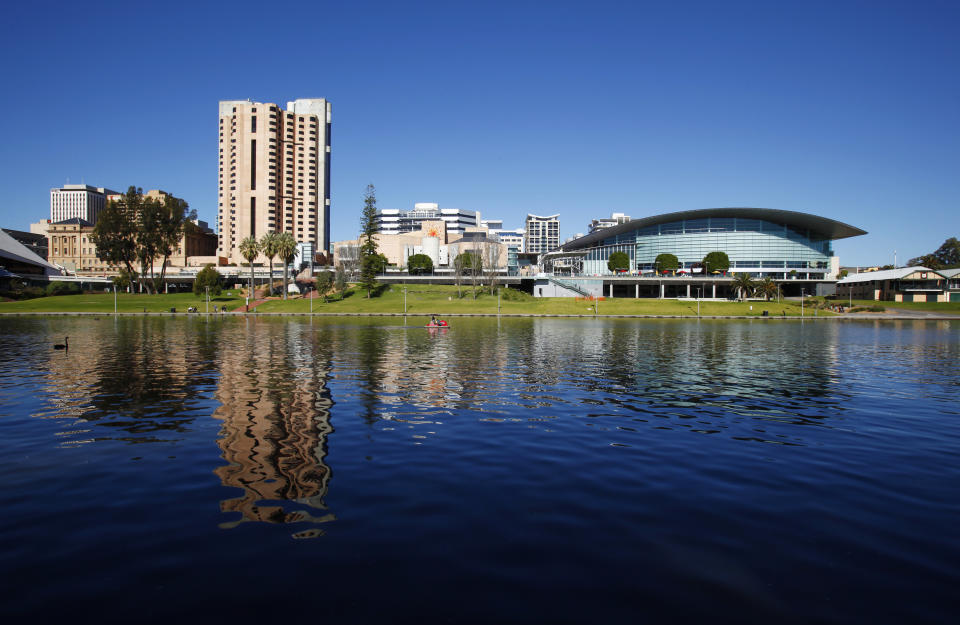
5. Calgary, Canada (tie)
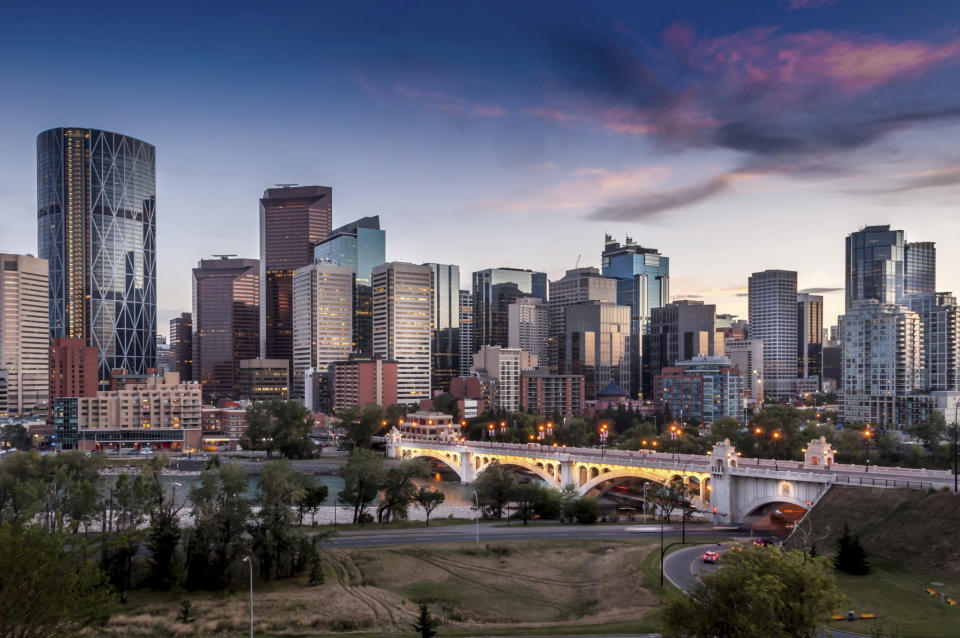
4. Toronto, Canada
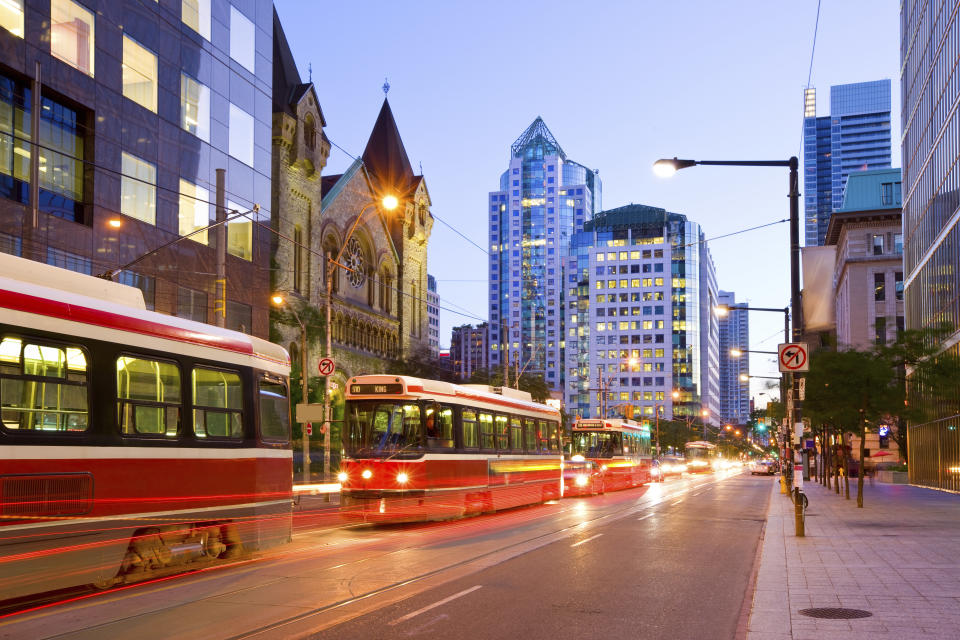
3. Vancouver, Canada
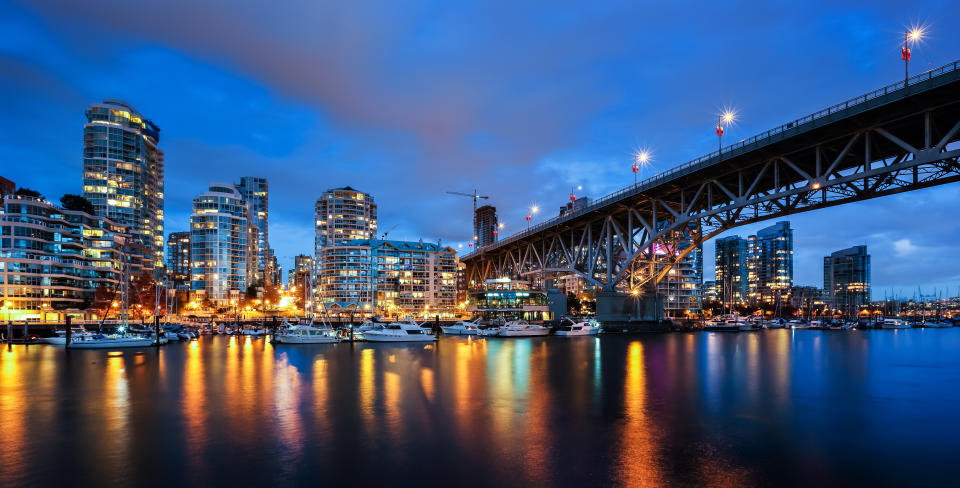
2. Vienna, Austria

1. Melbourne, Australia
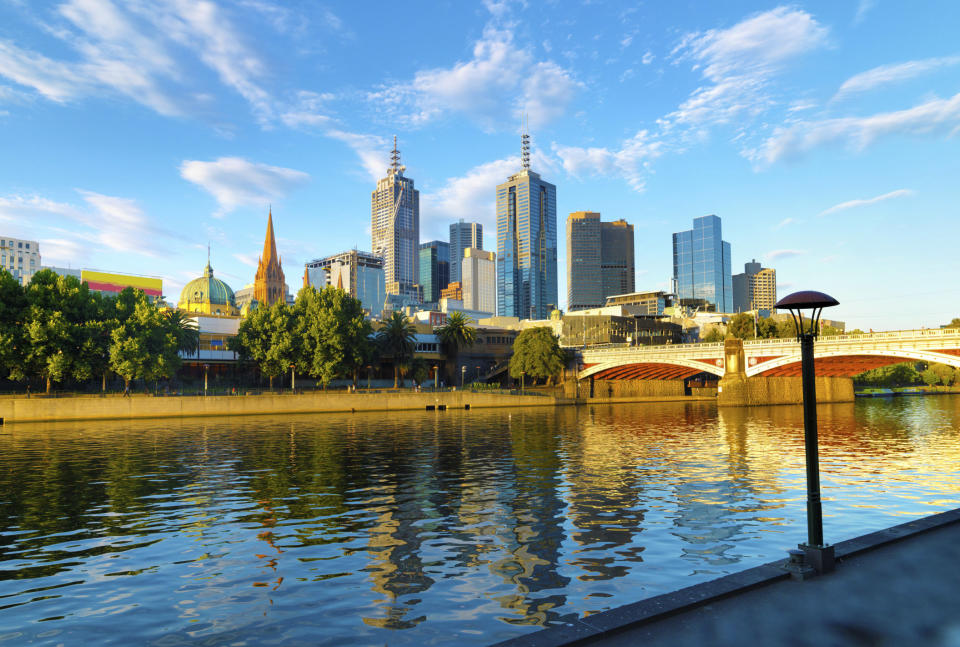
According to The Economist Intelligence Unit's Livability Ranking of 140 global cities, released in August of 2016, Melbourne is the most livable city in the world. It earned 97.5 percent on a scale where 100 is a perfect score. The ranking assesses a range of factors that affect quality of life, including stability, education, health, culture and infrastructure.
Love HuffPost? Become a founding member of HuffPost Plus today.
This article originally appeared on HuffPost.


